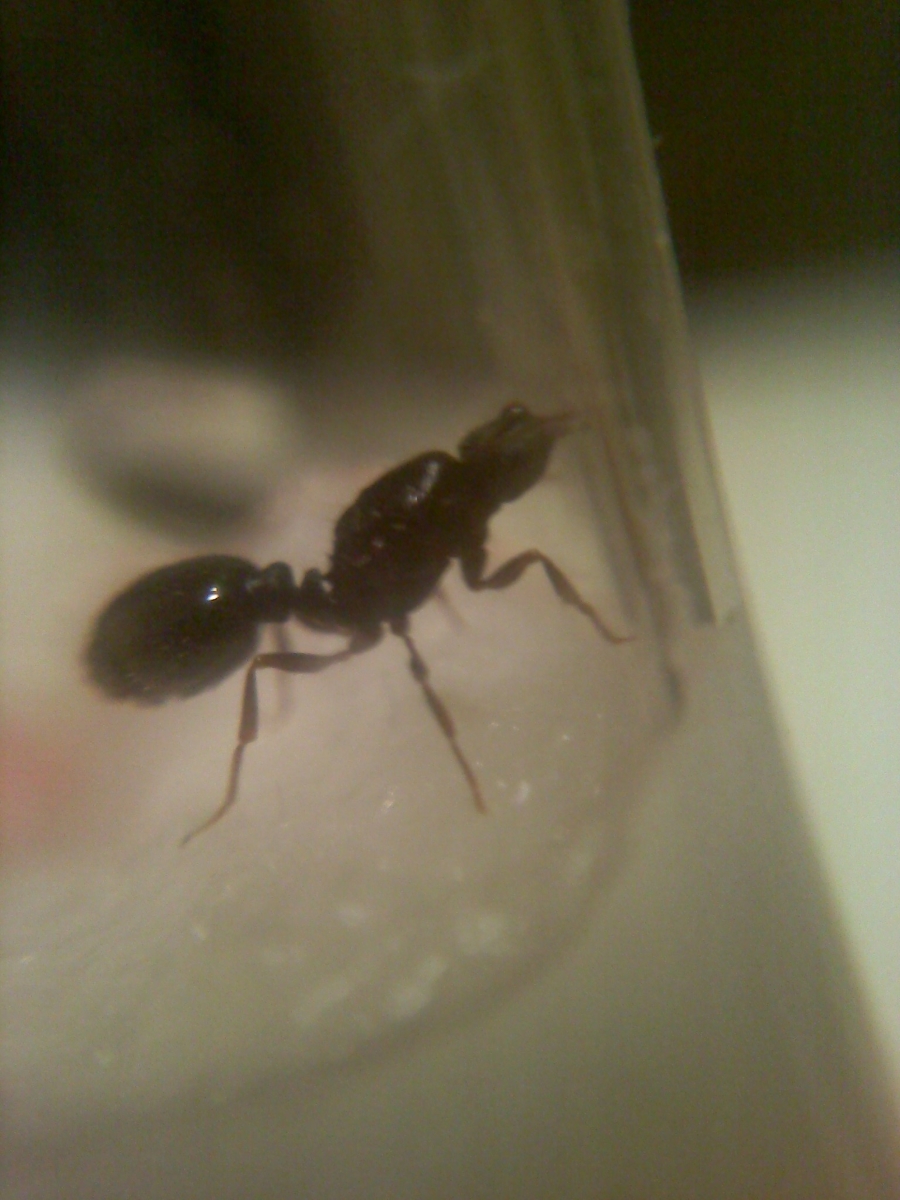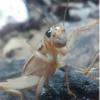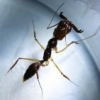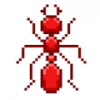So today I made a rather interesting find. There's a Tetramorium sp.E colony that's lived in my backyard for years and today I noticed a bunch of workers about 25 feet away from the main nest. They were congregating around a relatively small rock, so I got curious and flipped it. I was a bit surprised to see several thousand ants, huge piles of brood, and about half a dozen wingless queens. My anting instincts kicked in and I scooped up three queens before they began to panic.
In retrospect, I'm a bit confused though. Why were there so many queens under that rock? My understanding is that Tetramorium will only tolerate multiple queens during the founding stages. ![]()





















